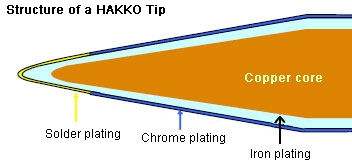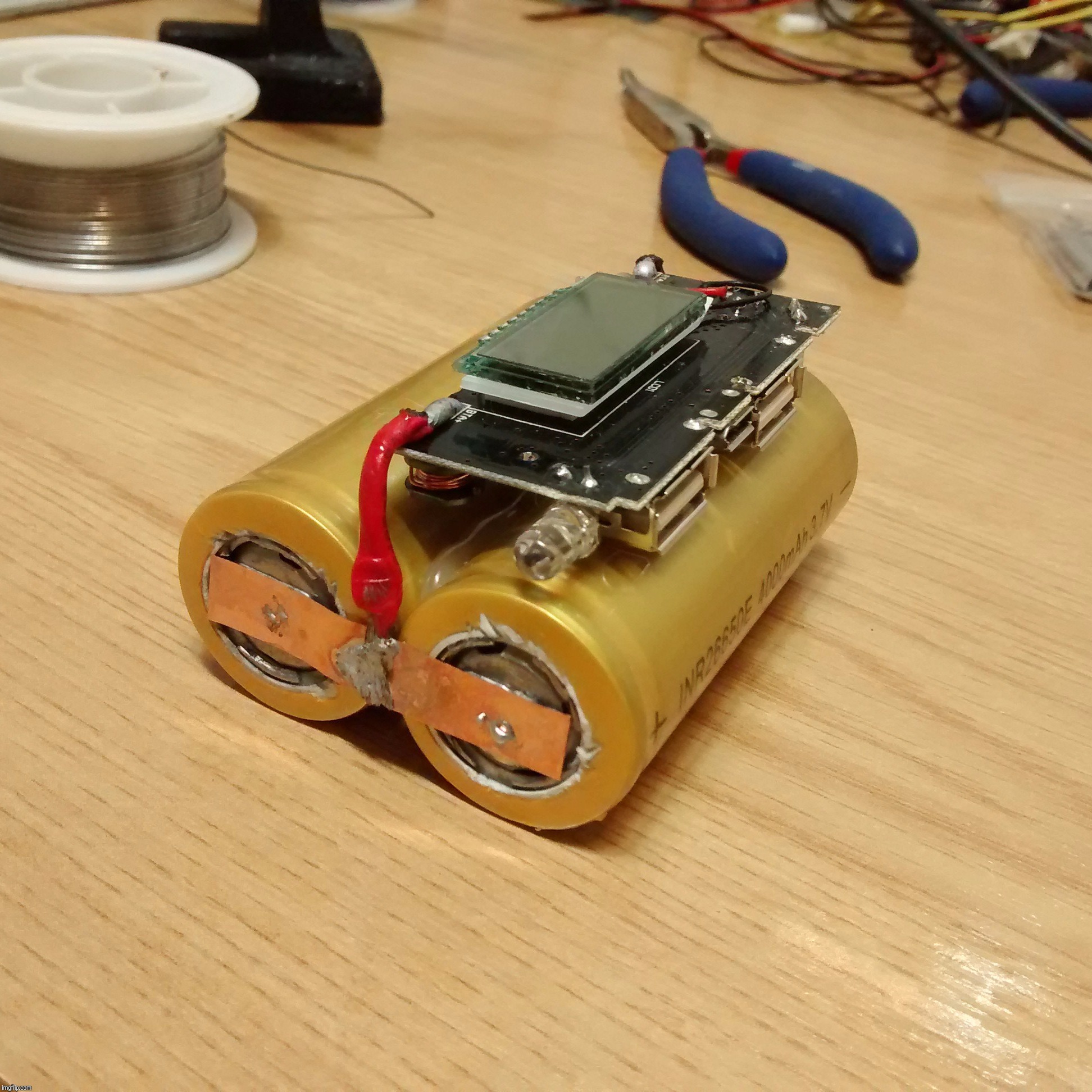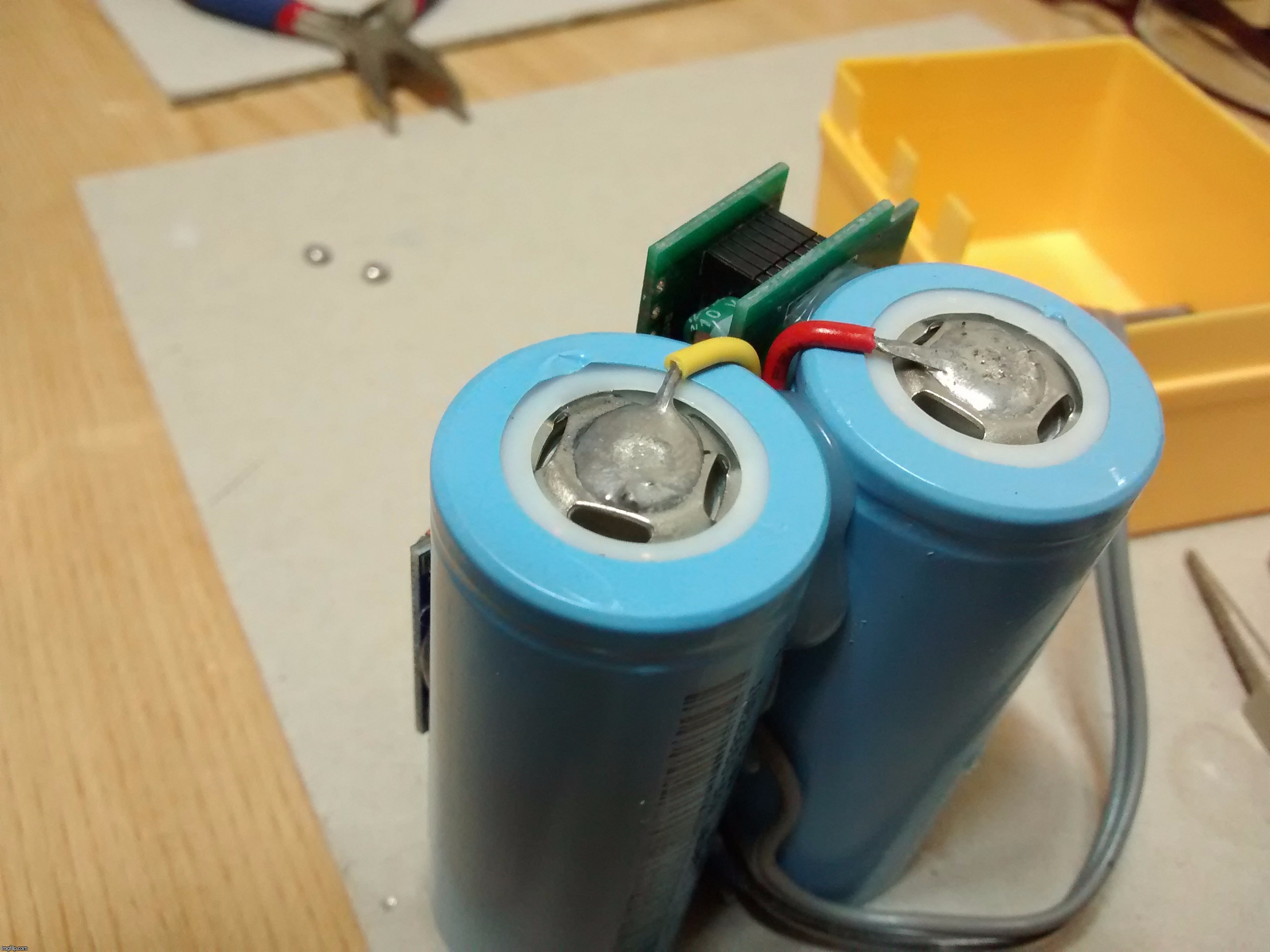well, with ANYTHING, and thats any device… most people “concentrate” on what somethng doesnt have, what it doesnt do, what isnt good about it
when i remember to, i try to concentrate on what it has, what it will do, what is (might) be good about it.
i have previously put off soldering onto batteries, simply because i have a chinese french fry, not even a chinese potato, lol… and on top of that i admit to not being a great soldering guy, there i said it.
my combination of having almost the worst tool at hand, combined witha lack of experience to even try to work-around it? makes me pass…
…now, seeing his quick success with rose metal? makes me want to try it… makes me wonder if i could solder a emitter to a thick copper DTP with regular method, then maybe use THIS stuff to solder the pill to the copper board…
i mean, for SOME people, with some tools, and their level or lack of experience? this has possibilities.
===
on a “red-yellow-green” system of ratings? I give this… yellowgreen, or, greenyellow, cant decide at first blush until i try it. Just doesnt look like a “red light”.
my ALTERNATIVE is to buy a better soldering station, and then gain the experience i need, to do somethng i rarely do and would like to dabble with…

![]()













